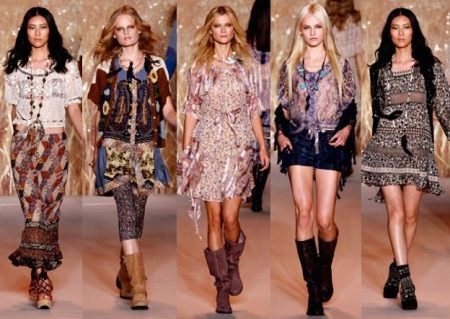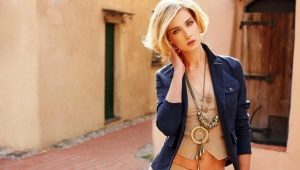Folk style in clothes
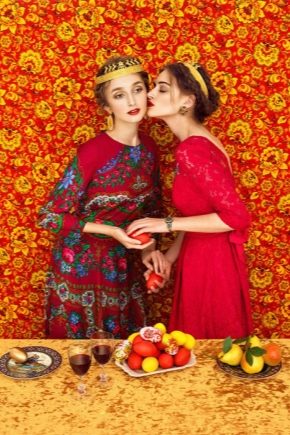
For the umpteenth time in designer collections you can see fashionable clothes in folklore style. And this should not be surprising. The originality and authenticity, brightness and originality of the folklore style in clothes has always attracted eminent fashion designers of the world. In the spring-summer season of 2017, such top designers as Dolce & Gabbana, Byblos, Custo Barcelona, Etro and Roberto Cavalli, Blumarine demonstrate folk-style clothes at their shows.
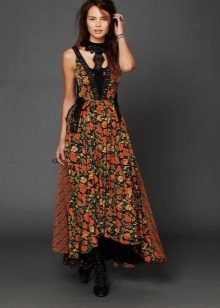
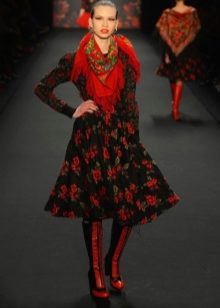

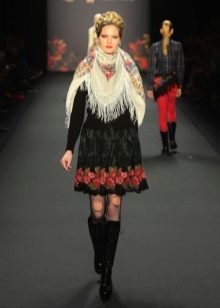
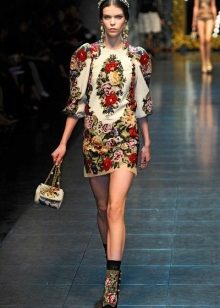

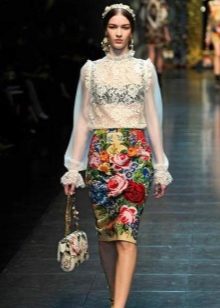

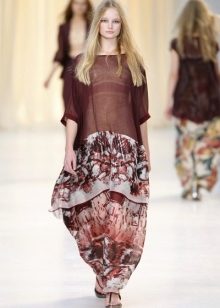
Who and how made it popular
It turns out that the fashion for folk style in clothes is most directly related to hippies. The thing is that the hippies had their own original idea of how they should have looked. But they could not manage to find what they needed in clothing stores. Therefore, the hippies had no choice but to create their own stores, where they could buy suitable wardrobe items and accessories to create their image.
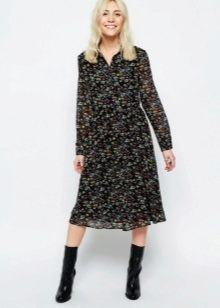

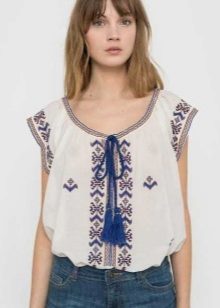

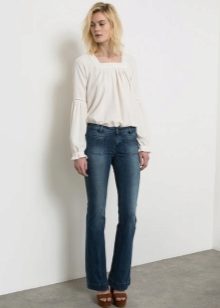

These clothes were made of natural fabrics of ethnic style with a free cut. It is noteworthy that it was the hippies who adhered to the idea of a large variety of images and original color schemes in creating outfits.
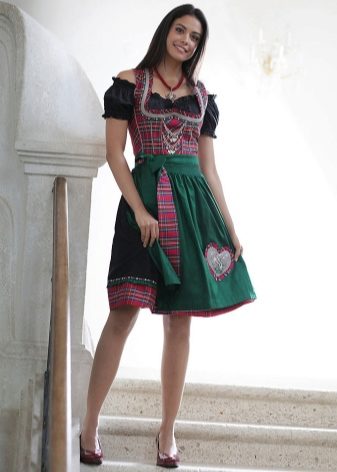
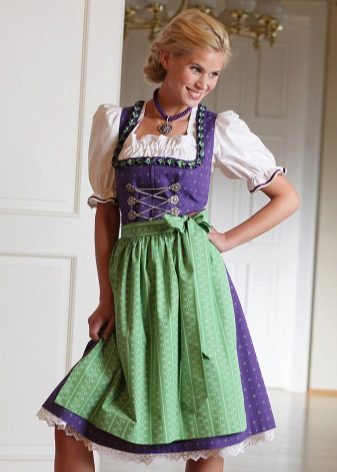
With regard to global recognition, the first London show of "hippie fashion" was presented to the whole world in 1967, after which a fashion trend arose to create images based on the originality and diversity of national folk costumes.
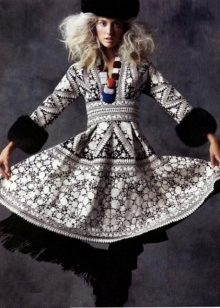
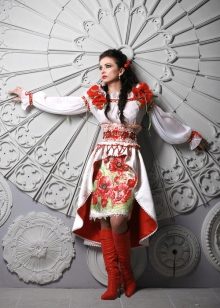
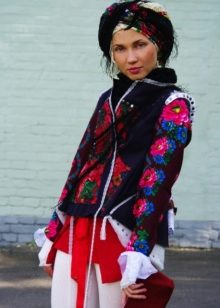
However, the very recognition of the fashion for folklore style came only in 1968, after the release of the "Saharienne" collection by the famous French fashion designer Yves Saint Laurent, where African motifs were taken as the basis. So the folk style became fashionable, and, accordingly, the clothes in the folk style too. Fashionable clothes in the style of folk began to be in demand all over the world.
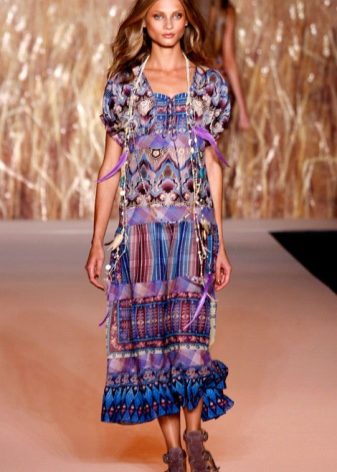
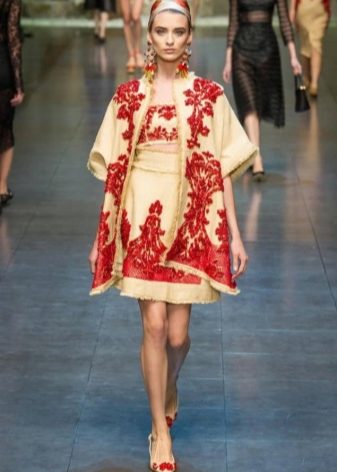
That is why, speaking about the history of the emergence of the folklore style, everyone associates its appearance equally, both with Yves Saint Laurent and with hippies. In the future, for all fashion designers, this served as an impetus to create something new and special in the fashion world.
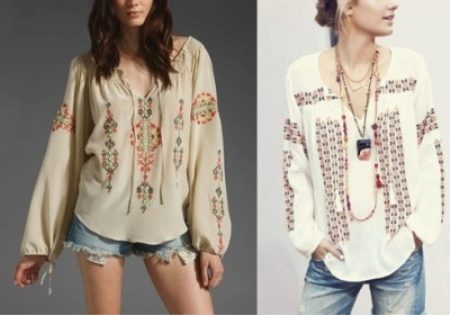
What it is
Answering the question of what it is - folklore style, we mean a style that carries elements of the national costumes of the peoples of the world. It is closely intertwined with the ethno style, which appeared much earlier than folk. In folk style, unlike ethno style, there is no obligatory absolutely exact reproduction of any national attire.
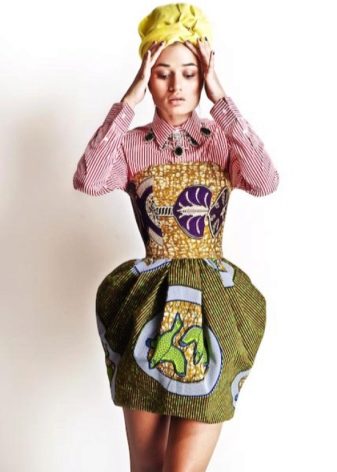
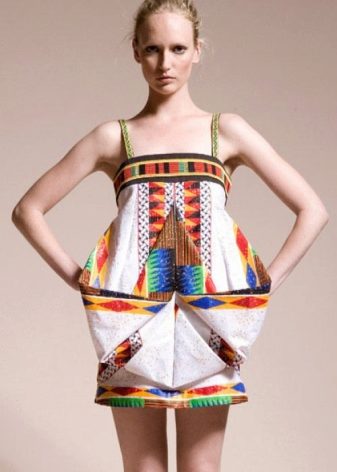
In folk, a bow is distinguished by one or more elements of the costume of one nationality or several peoples, thereby simply highlighting and emphasizing the originality of the created new modern image, but with national motifs in clothing. Ethnic style reproduces elements of the national costume of a certain people (ethnos).
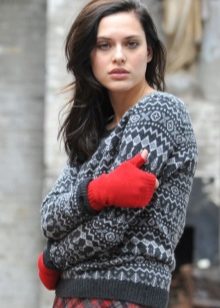
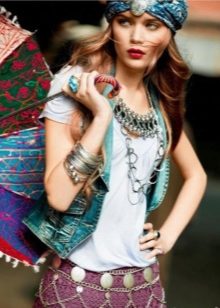
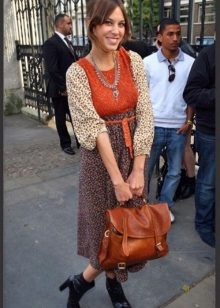
Despite the appropriateness of eclecticism in the folklore style, you should still not expose all its elements to a chaotic combination and mixing.There are combinations of acceptable and unacceptable, and you should know about them. The variety of folklore style means African, Slavic, Asian, Scandinavian, Latin American style and so on. Diversity implies a reasonable combination of texture and structure of fabrics with patterns, embroideries and ornaments in clothes; this is by no means a "hodgepodge" of all the elements of national costumes in a row.
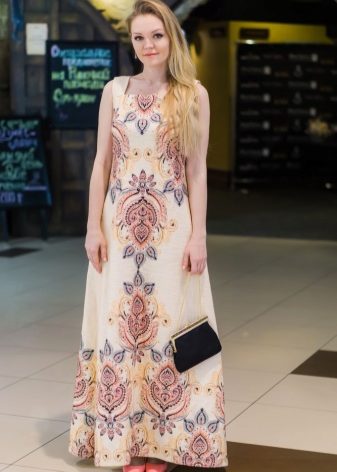
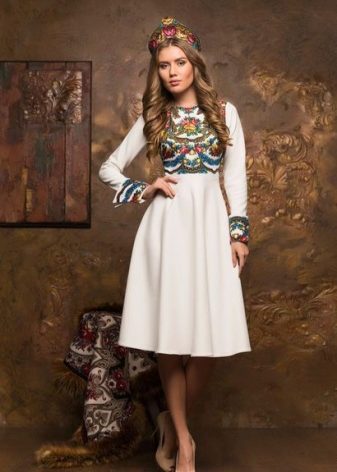
Variety in folk style
Explaining with the example of the Asian style, and this is Thai, Chinese, Japanese, Vietnamese, Mongolian, Arabic and many other oriental styles, it is necessary to pay attention to the similarity of cultures.

The East occupies a large geographical area, and the cultural heritage in different eastern countries can be both similar and diametrically opposed. For example, Israel is the Middle East, where predominantly Jews live, and in Far Eastern Mongolia there are other folk customs and traditions, and Buddhism mainly flourishes.
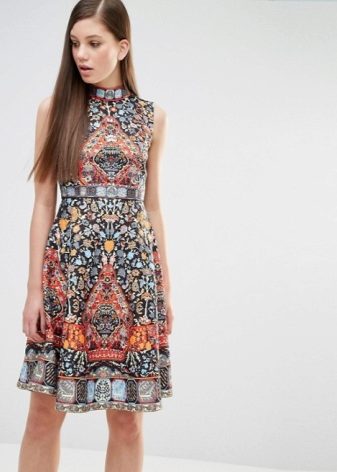
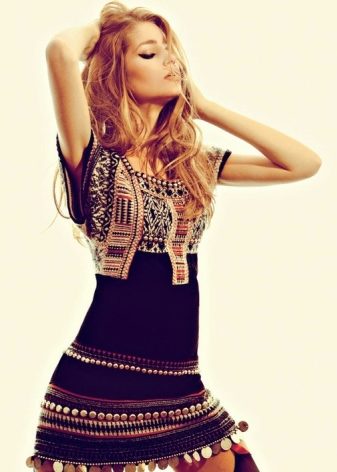
That is why there can be no Mongolian-Jewish style, let alone Vietnamese-Finnish: such a mixture is unacceptable. Then it is no longer fashionable clothes, but its parody. For this reason, do not forget to also choose the right accessories and jewelry to match the fashionable look.
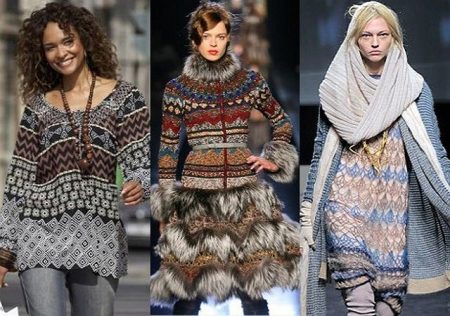
Distinctive characteristics
Natural fabrics and materials. For sewing outfits, they use those fabrics and materials that belong to their nationality, but only natural ones, like those of our ancestors. A variety of can be used, but which ones depend on the national traditions of the country. Linen and cotton are common in Slavic countries, wool in Scandinavian countries, silk and jacquard in eastern countries, and leather, suede and fur in African countries.

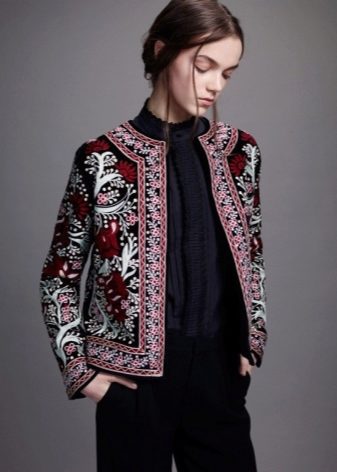
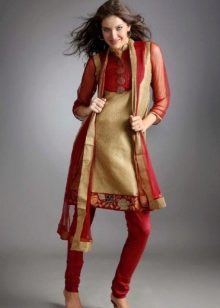
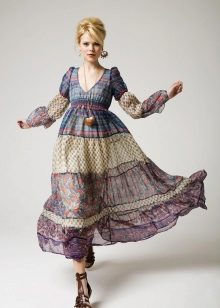
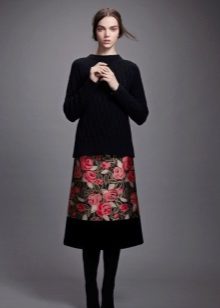
Naturally, cotton fabrics were used not only by the Slavic peoples, but also, for example, by African tribes, or silk - not only in the East, but also in Africa, and there are many such examples. The only common distinctive feature is that there are no synthetics in clothes at all.
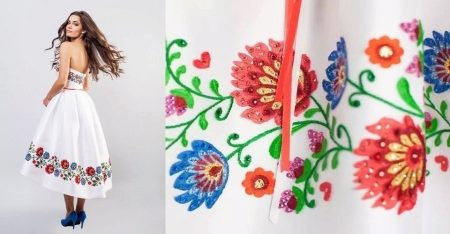
Colorful or natural color and geometric pattern in clothing. Regarding the color scheme, the images are either bright and colorful, or gentle and natural, only black is taboo. Why geometry? The answer is obvious: each nationality has its own sacred secrets, which, in the form of certain symbols, found their reflection precisely in geometric ornaments and patterns.
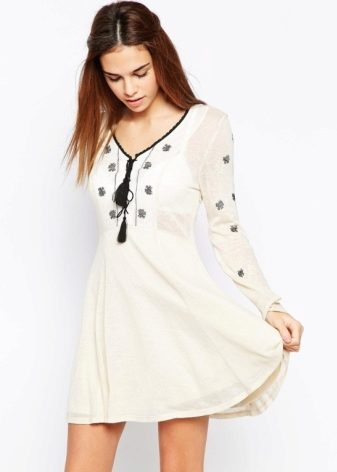

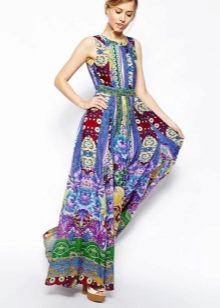

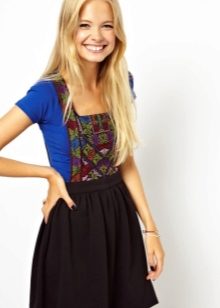
Straight or trapezoidal silhouette. Comfort to wear. Clothing should not be tight and restrict movement, so it should be straight or trapezoidal. Sweaters are loose and large knit. Skirts are long or knee length. On dresses or blouses - wide sleeves that taper to the wrist. Speaking about shoes, it should be noted that here, as in clothes, the main thing is convenience. The sole of the shoe is flat or with a low heel.
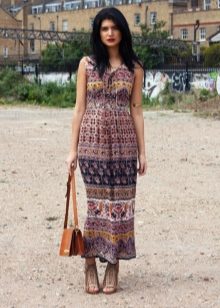
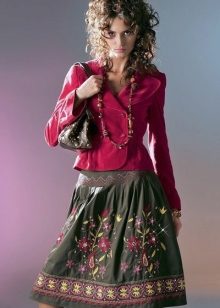
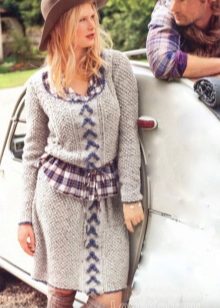
Originality of decoration. Again, it all depends on the national characteristics of a particular country. The finishes are very varied. It can be different embroidery, ornaments, lace and weaving, including patchwork (the so-called patchwork), all sorts of ruffles and appliqués, special fasteners with various metal details, as well as a variety of decorative designs using stones, fur, beads, beads and other decorations.
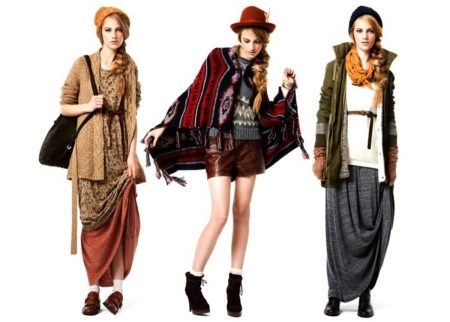
Very often used manual work. Finishing can be present everywhere: on collars, on sleeves, and on the front, and even on the back, including on various accessories (belts, wallets, bags, etc.).

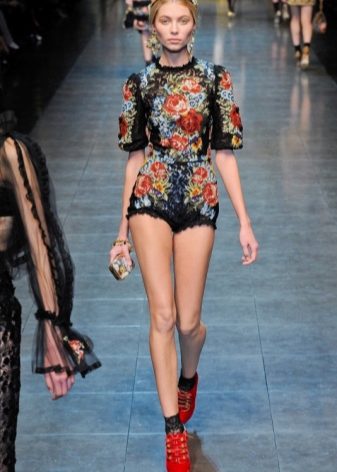
But even if you are not a fan of this style, in fact, in our closet there will definitely be some thing related to the folk style. For example, a gypsy skirt, a Japanese robe, a tunic dress, a Scandinavian-style coarse knit sweater, harem pants, a cowboy hat, a Latin American-style leather or suede fringed jacket, ponchos, sandals, felt boots, Indian-style baubles, massive jewelry in African style, various amulets and much more.
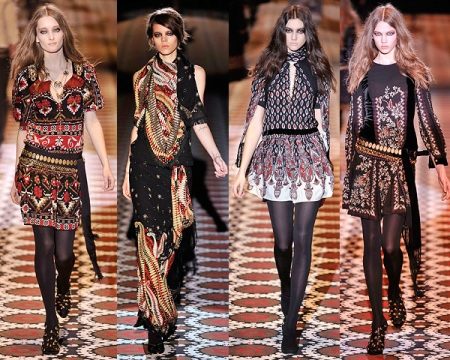
Summing up the above, we can say with confidence that folklore style is not only a unique trend in fashion, which has absorbed a wide variety of shapes, colors, textures and various variations, it is light, comfortable and fashionable clothes that were relevant yesterday and will continue to be. relevant tomorrow.
